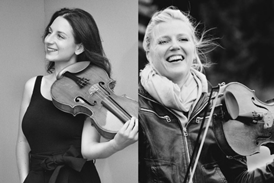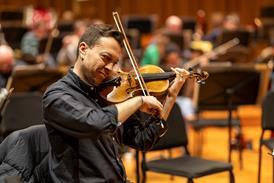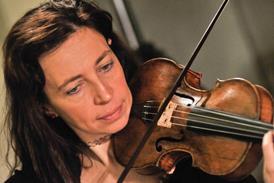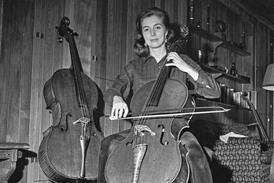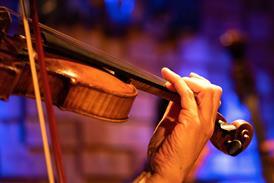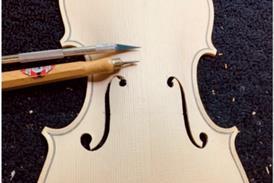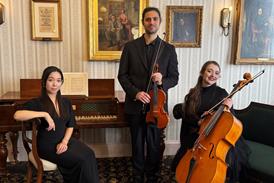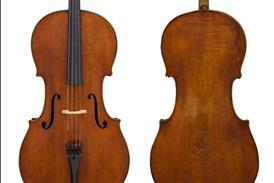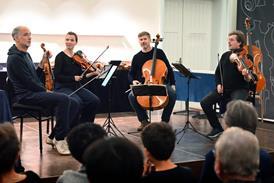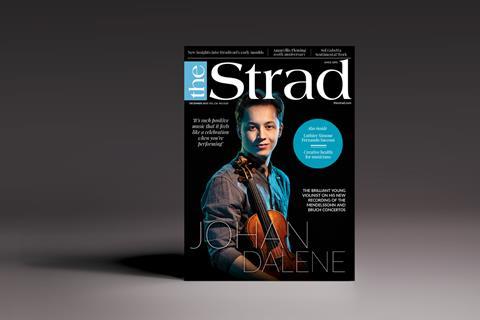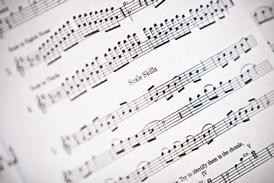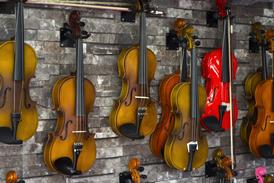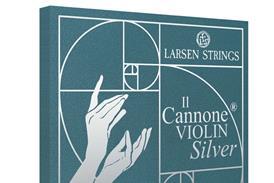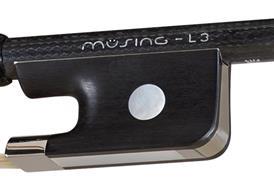- News
- For Subscribers
- Student Hub
- Playing Hub
- Directory
- Lutherie
- Magazine
- Magazine archive
- Whether you're a player, maker, teacher or enthusiast, you'll find ideas and inspiration from leading artists, teachers and luthiers in our archive which features every issue published since January 2010 - available exclusively to subscribers. View the archive.
- Jobs
- Shop
- Podcast
- Contact us
- Subscribe
- School Subscription
- Competitions
- Reviews
- Debate
- Artists
- Accessories
‘Free and ringing, never forced’ - Technique: Developing bow control for improved tone

Violist Martin Outram on mix of exercises to help you draw out sound actively and attentively with the right hand
Explore more Technique like this in The Strad Playing Hub
There are many issues that get in the way of successful tone development. This article is intended to help students – especially those who have migrated from the violin to the viola – develop their sound so that it is always free and ringing, never forced. Very often violinists who start to play the viola think that they need to use more bow weight, because the viola is a bigger instrument with thicker strings, but sound can be crushed on the viola as easily as it can on the violin. It’s all about releasing the string as much as possible and discovering how much weight one’s own instrument can take…
Already subscribed? Please sign in
Subscribe to continue reading…
We’re delighted that you are enjoying our website. For a limited period, you can try an online subscription to The Strad completely free of charge.
* Issues and supplements are available as both print and digital editions. Online subscribers will only receive access to the digital versions.

